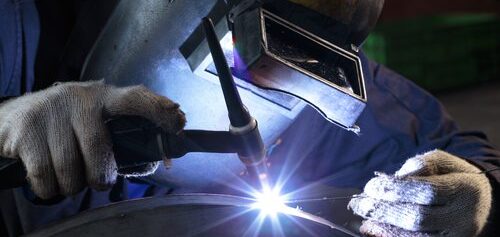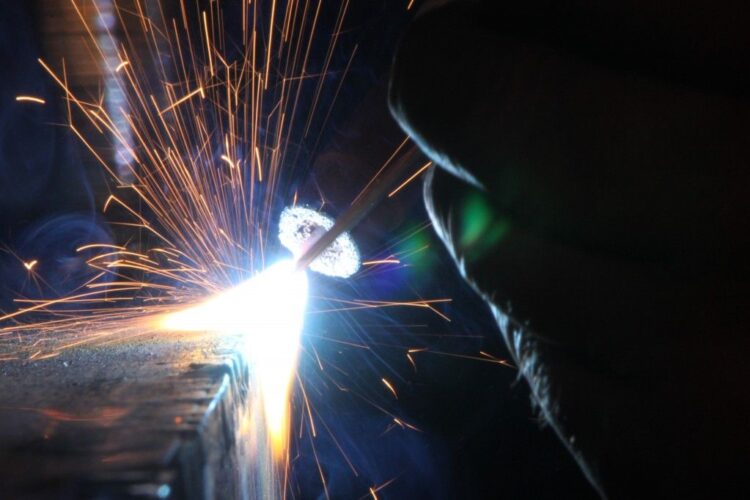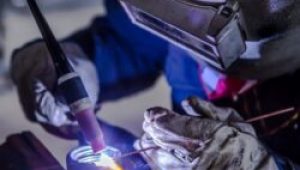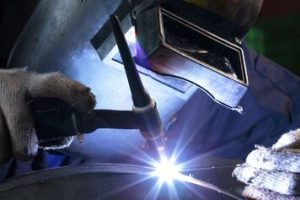
Before we get into details about TIG welding, it’s important to understand what welding is and how it works. Welding structures, simply expressed, are a way of combining materials that are either the same or different. Welding is most commonly associated with the joining of metal parts.
Welding aluminium and other metals, on the other hand, is just as popular as welding stainless steel. How does the welding procedure work? It all boils down to melting one of the elements’ edges and uniting them with hot metal and a weld. It makes the connecting point robust and long-lasting. The flux is a component that is introduced to the parts that are to be welded. Its presence allows you to fill the joint and provide a homogeneous surface.
What is TIG welding?
TIG welding is one of the most commonly used methods of connecting two parts. Welding of structures, like other operations of this type, consists of uniting two pieces by fusing their surfaces, assuring long-term fusion of elements.

TIG (Tungsten Inert Gas) welding is a type of welding that uses an electric arc. A non-fusible tungsten electrode is used in a layer of inert gas to create this arc. The electric arc’s function is reduced to melting the material’s surface. Because the arc is created between the non-consumable electrode and the material to be welded, this is conceivable.
TIG welding allows you to connect elements without the need for any additional material. Instead, the welding groove is melted down. However, when a complementary material is used, it is placed by hand. It is a different technique than, for example, MIG MAG, where such material is added using a welding gun. The handle in the TIG method has a different structure, and the binder is most often a wire or a rod, the length of which is a metre and has an appropriate diameter.
Welding of stainless steel, aluminium or other metals with the TIG technique is carried out with the use of chemically inert protective gas. Usually, it is either argon or helium that flows from the electrode holder. The gas protects the weld and the electrode against the oxidation process and does not interfere with the welding process itself.
How does TIG welding work?
An electric arc is created when a non-consumable tungsten electrode is brought closer to the workpiece (bonded material). Its influence causes the welded material to melt along with the TIG binder in the form of a metal rod, which is added next to the handle. This creates a so-called liquid weld pool—it starts to freeze when the electric arc moves away from it.
When the pool hardens, a strong bond is formed. Shielding gas is introduced by a welding holder and a gas nozzle, which protects the metal against the influence of weather conditions. It is not uncommon for the welding gun to be cooled with a suitable liquid (coolant) which is added to the gun in a closed circuit along with the radiator. On the other hand, the appropriate voltage is applied to the tungsten electrode using an electric wire that comes out of the welding machine.



Why is it worth welding with the TIG technique?
One of the advantages of the TIG design is its universal use. Thanks to it, you can combine all metals and alloys in every position. As a result, any metal or alloy can be welded, not just stainless steel or aluminium. In addition, nothing prevents you from joining together even thin sheets, the thickness of which does not exceed 0.5-0.6 mm.
Welding with the TIG method also provides a high-quality aesthetic join. The TIG technique also allows for easy access to the weld pool and the amount of additional material and heat generated. It is also a safe, hygienic, and economical welding method as the liquid metal does not spatter. It is also easy to control the welding throughout the entire process. You can mechanise and automate work steps in TIG welding.
